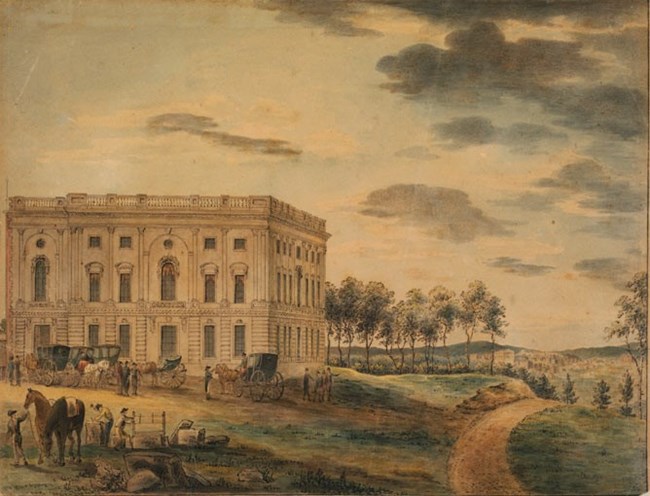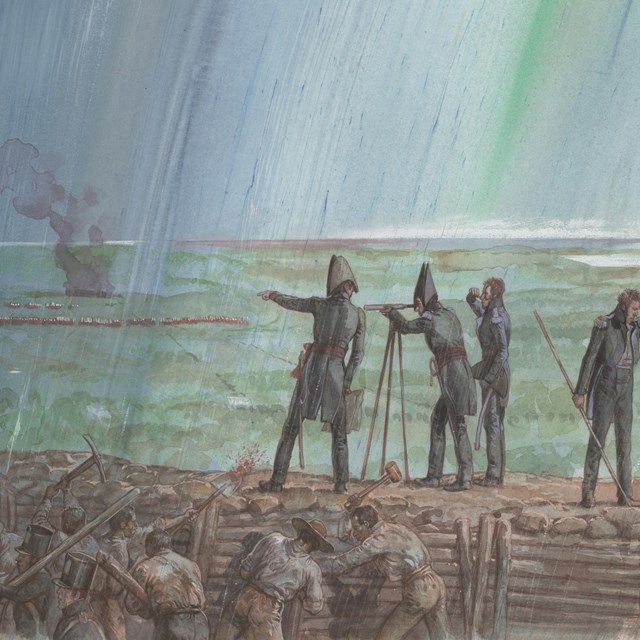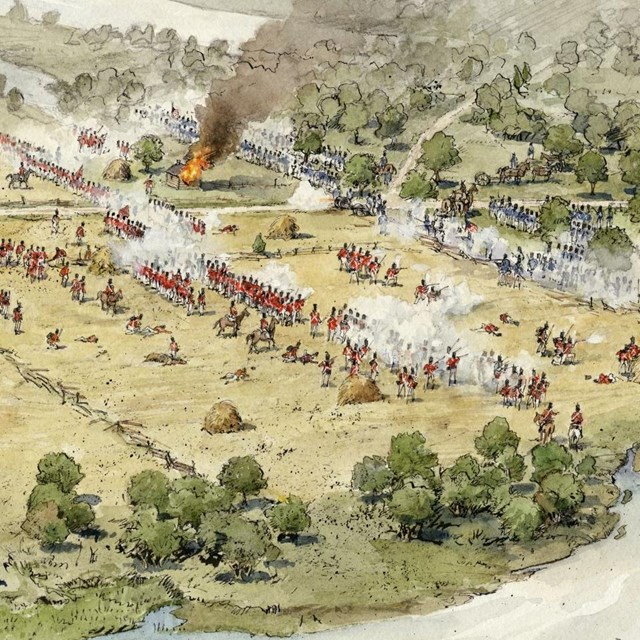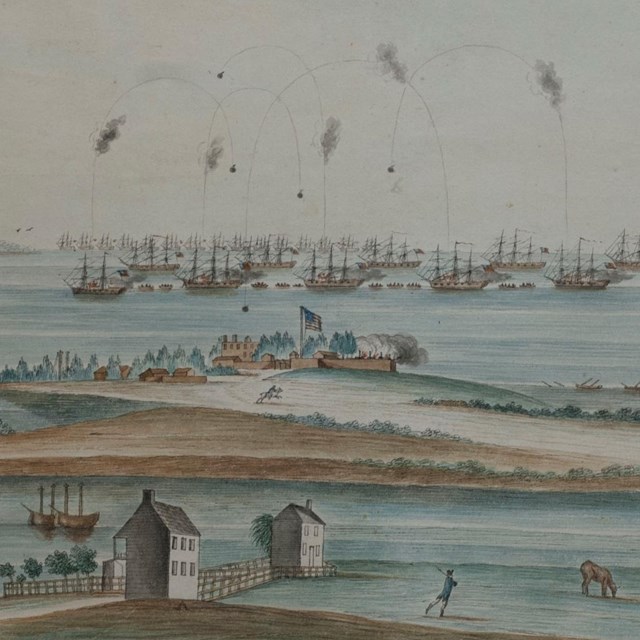
Period watercolor by William Russell Birch, Library of Congress The lack of defense of Washington, D.C., the flight of government officials, and the occupation and burning of several public buildings in the Federal City were deeply embarrassing and demoralizing for Americans. This generated debate about moving the seat of government back to the more cosmopolitan city of Philadelphia. By a narrow margin, Congress voted to keep the capital in Washington. Still echoing the grand plan of Washington’s designers, the revered Capitol and White House, the stately offices of government, the iconic monuments and museums, the sweep of the Mall and the city's many public parks have come to evoke the ideals of democracy for Americans and for visitors from around the world. Learn More
|
Last updated: August 15, 2024



